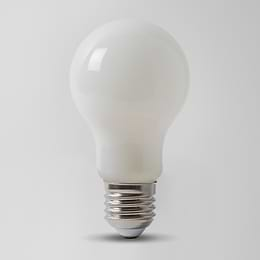What Makes A Good LED Bulb?
What Makes A Good LED Bulb?
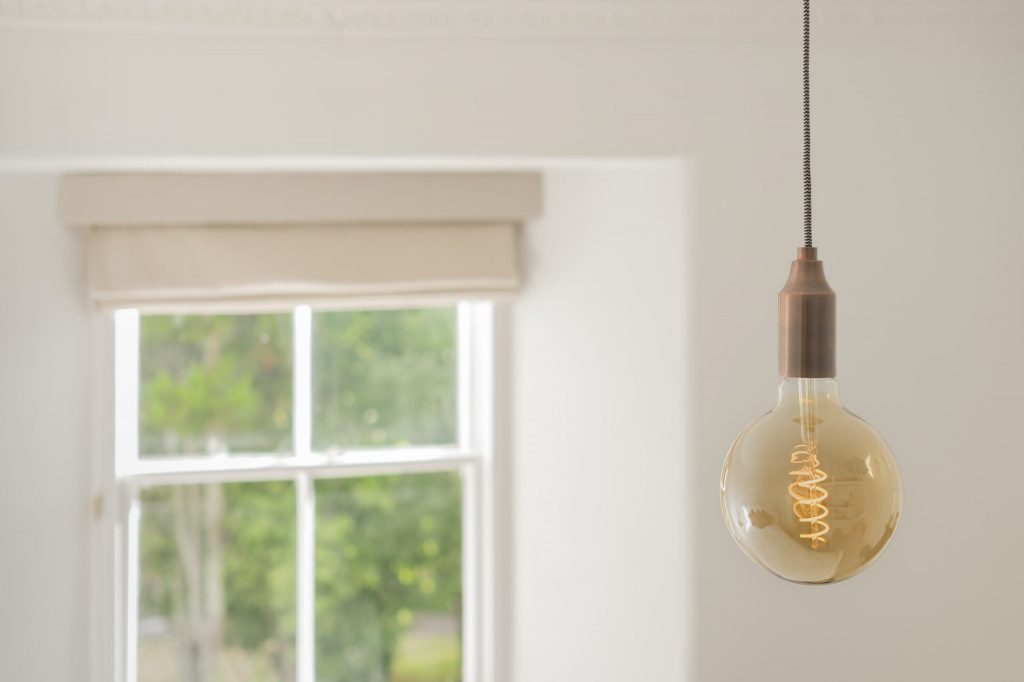
LED bulbs bring a whole host of benefits to your lighting setup at home, from reduced bills and energy usage to the environmental advantages as a whole that come from making the switch to LED lighting.
If you're looking to make the switch or not sure where to start when purchasing LED bulbs, we explore the key things to look for when purchasing LED bulbs to help you make an informed buying decision.
What Makes A Good LED Bulb?
There are a number of different features to look for when purchasing LED bulbs that all play their part in delivering a durable and robust LED bulb for your light fittings.
Colour Rendering Index (CRI)
Colour rendering index is the measurement of how colours look under a light source when compared with sunlight. Measured between 0-100, 100 represents the highest level, bringing the benefits of greater clarity, improved colour differentiation and more ‘natural’ artificial lighting.
CRI is an important element to look for in bulbs as the level can greatly enhance or dampen the clarity, and even have an impact on your overall mood. Look for a CRI of anything greater than 95 to reap the full benefits of CRI.
The Soho Lighting Company brand new high CRI downlights offer a built-in colour temperature changing function so you can set your downlights to warm, daylight or cool. Bringing at home relief from winter and work from home blues.
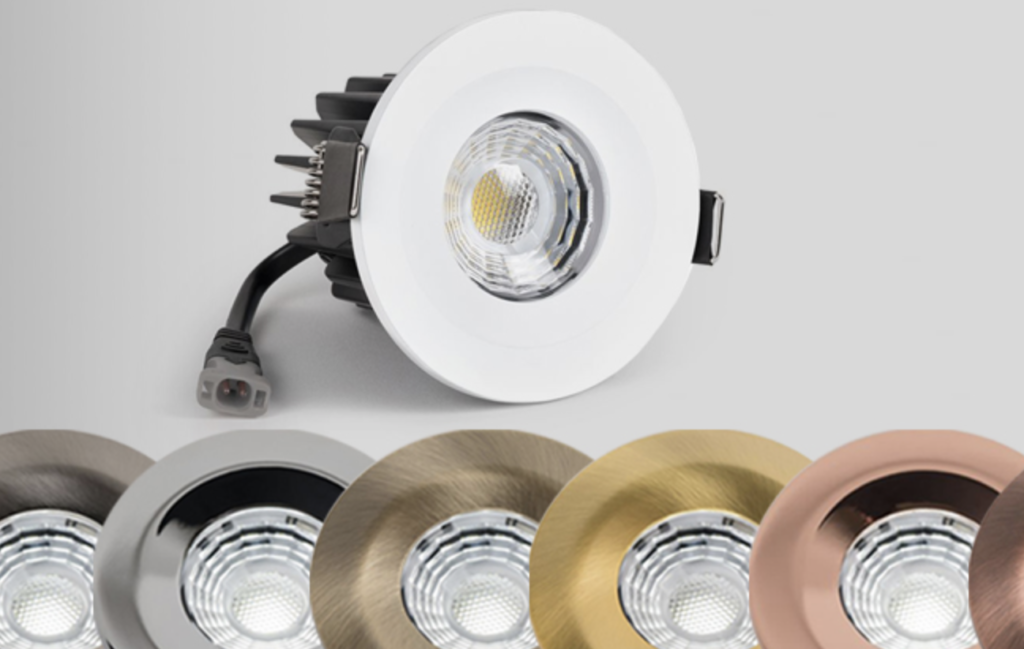
Voltage
When choosing a light bulb you will need to take into account the voltage. This is more to ensure that the voltage is suitable for the light fitting, or dimmer switch if applicable. It's important to get this element right as low voltage draws more current, and high voltage can reduce the lifespan of your bulb. Choosing the correct voltage is more from a functional point of view, but it will ensure you select the right bulb that will stand the test of time.
Lumens
When selecting an LED light bulb, look at the lumens, rather than watts. Lumens or lumen output represents how bright the light output is. The higher the lumens, the brighter the light will be. You may want different lumens per room based on what the room is used for.
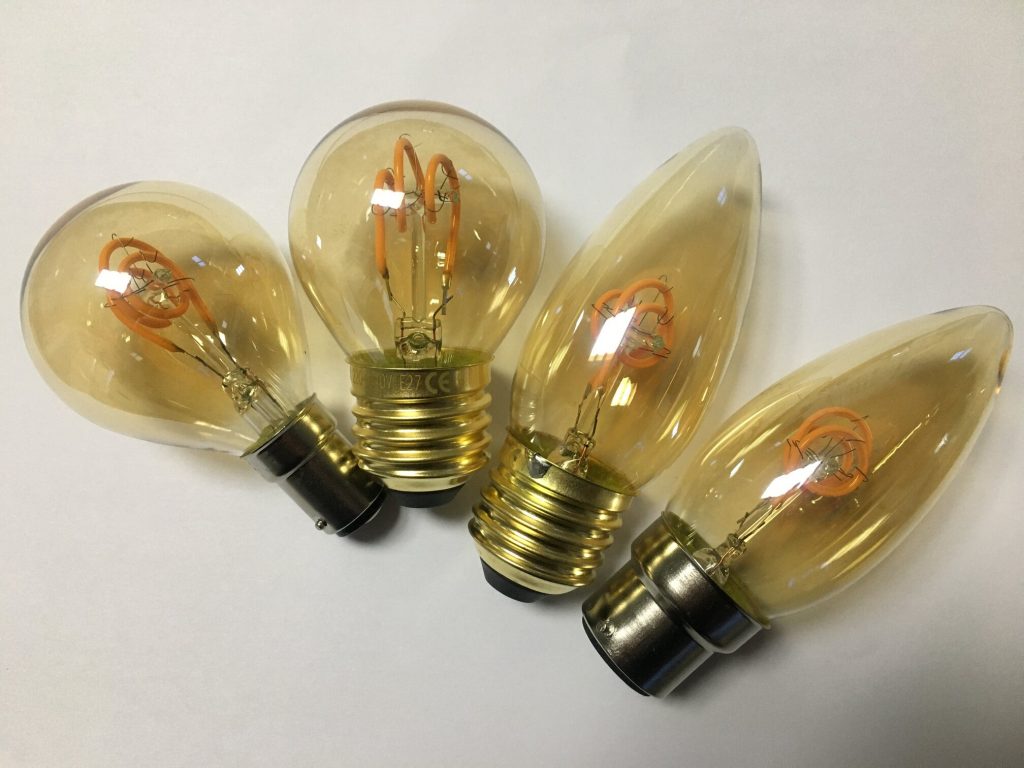
Colour Temperature
Colour temperature is all down to personal preference. The colour temperature (kelvins) of a light bulb describes how the light appears when an illuminated bulb is looked at directly by the human eye.
A colour temperature around 1800k omits an orangey colour, whilst anything around 4100K omits a bluish colour, this is the closest to natural daylight you can get with colour temperature.
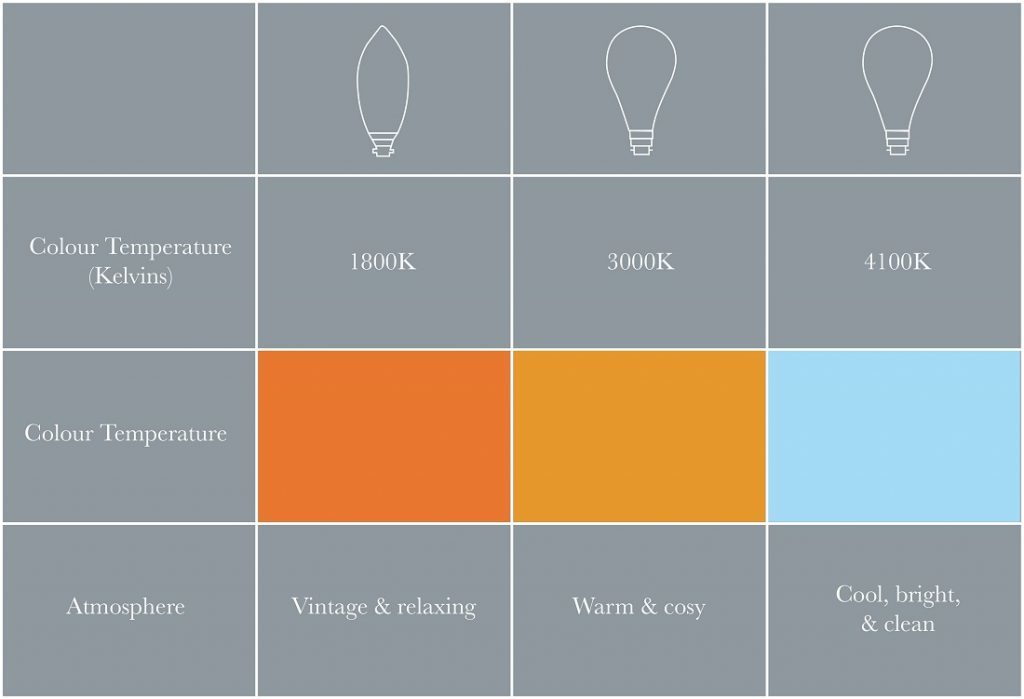
Keep an eye out for these key fundamentals when next choosing your LED bulbs.
[related_products is_auto_added="1"]


